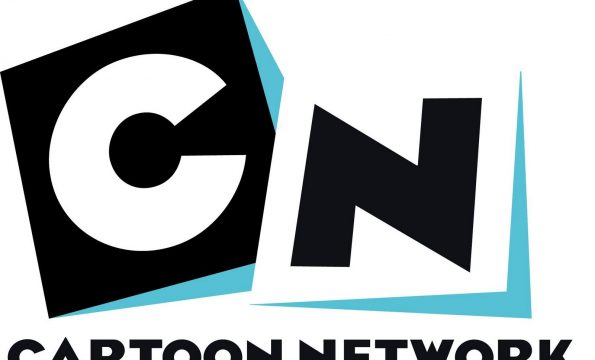-

-

-
Pastor Hal Mayer
Speaker / Director
Stop Using Cartoons and Cookies to Sell LGBTQ Agenda to Kids
terça, 2 de fevereiro de 2021
Prophetic Intelligence Briefings are provided to show a link between current events and Bible prophecy only. The reposted articles, which are not intended as a commentary in support of or in opposition to the views of the authors, do not necessarily reflect the views of Pastor Mayer or of Keep the Faith other than to point out the prophetic link.
Latest Message
Make a Gift
Prophetically Speaking…
“The most odious of all oppressions are those which mask as justice.” more…
-
Artigos recentes
Tags
Catholic Church church and state Donald Trump government LGBTQ natural disaster politics Pope Francis Prophetically Speaking Quote of the Day religion religious liberty United States VaticanComentários recentes
- William Stroud em Canadian lawmakers near deal to remove religious protections from ‘hate speech’ laws
- William Stroud em SUNDAY: Constantine’s Legacy as the Day of Rest
- William Stroud em US issues terrifying NOTAM airspace warning as B-52 nuclear bomber conducts ‘attack demo’: Venezuela crisis spirals
- William Stroud em Liberal Protestant churches proclaim ‘holiness’ of transgenderism, rebuke Catholic bishops
- Stephen Chang em Praying for the Dead: Sweetest of the Spiritual Works of Mercy
Follow





Comments